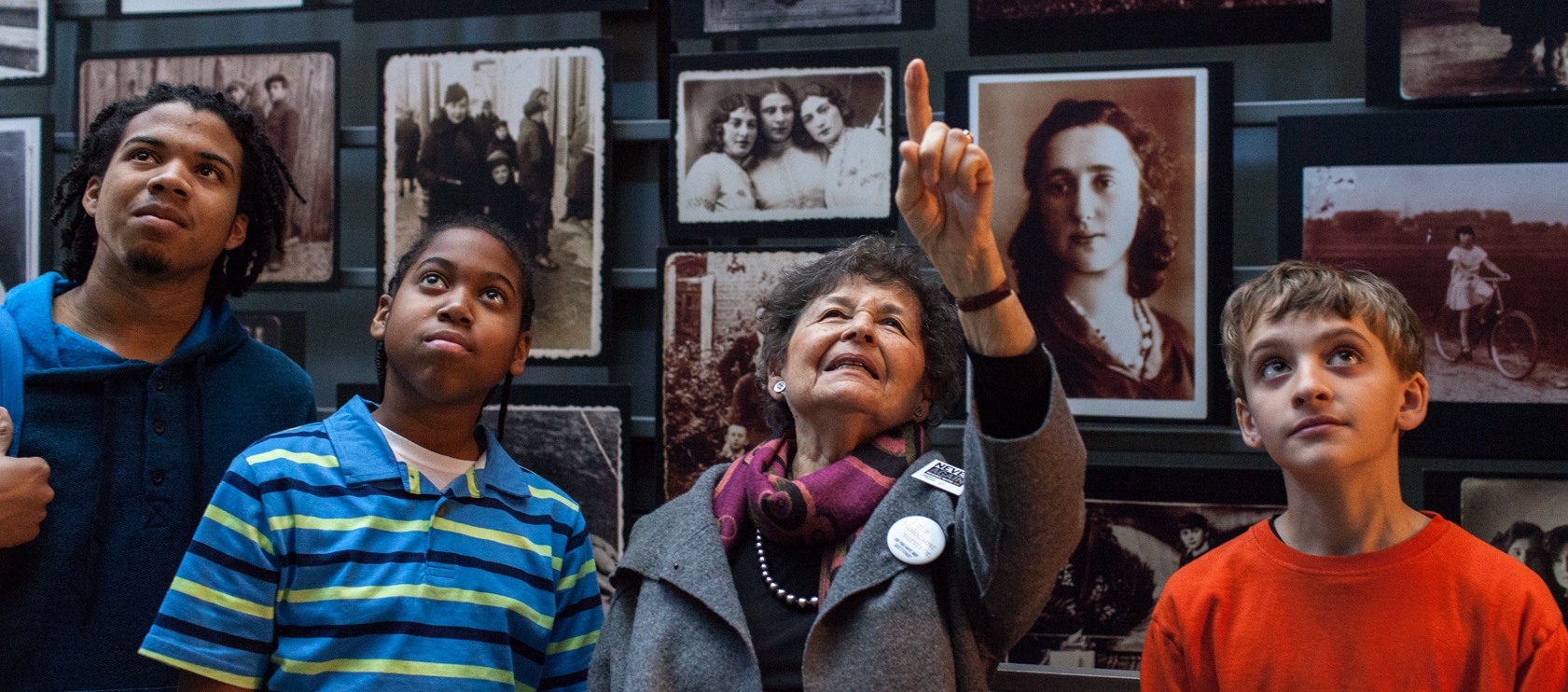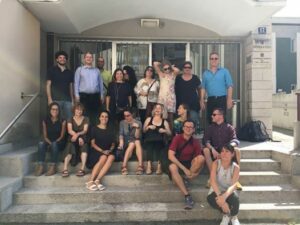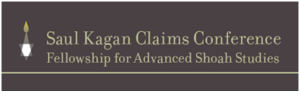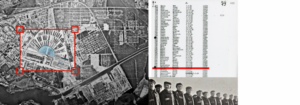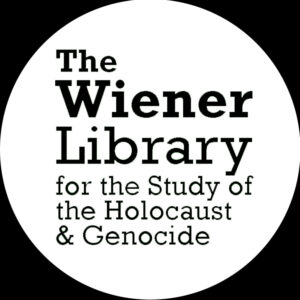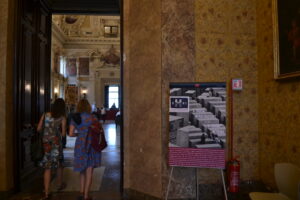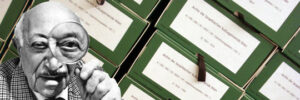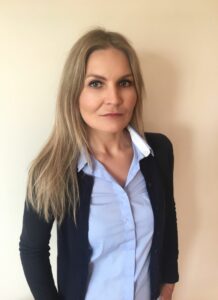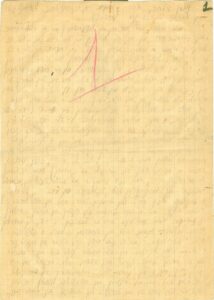by Laura Fontana, Mémorial de la Shoah
From the 30th of July to the 4th of August 2017 the Mémorial de la Shoah of Paris and the Vilna Gaon State Jewish Museum (VGSJM) of Vilnius, with the kind support of the University of Trieste that hosted the event, jointly organized a six-day seminar on The Nazi Occupation and the Extermination of the European Jews. Methods, sources and interpretations: a focus on Italy and Lithuania. 12 participants from several European countries (Croatia, Bosnia-Herzegovina, Italia, Austria, Germany, Denmark and Greece) as well as from Israel attended the workshop, held within the framework of EHRI.
